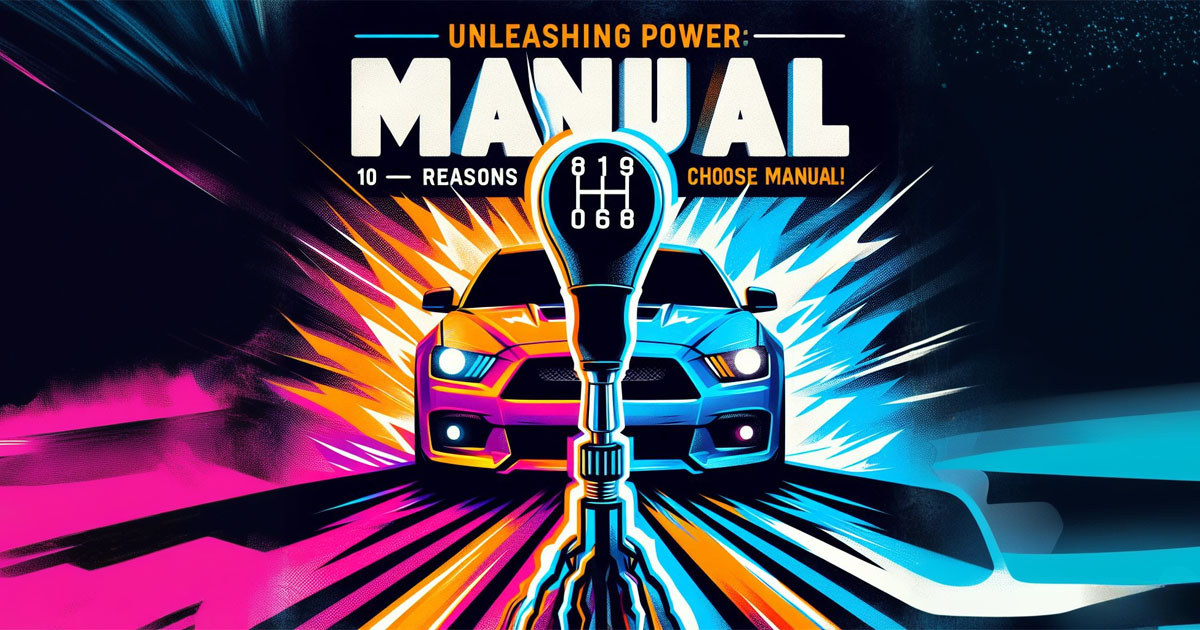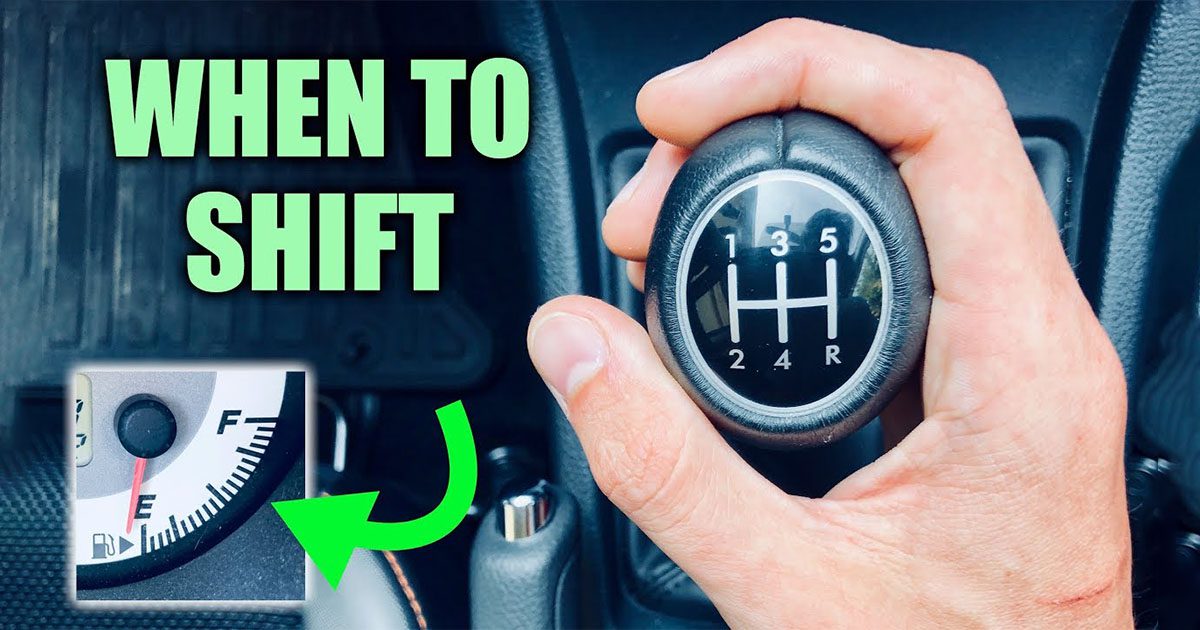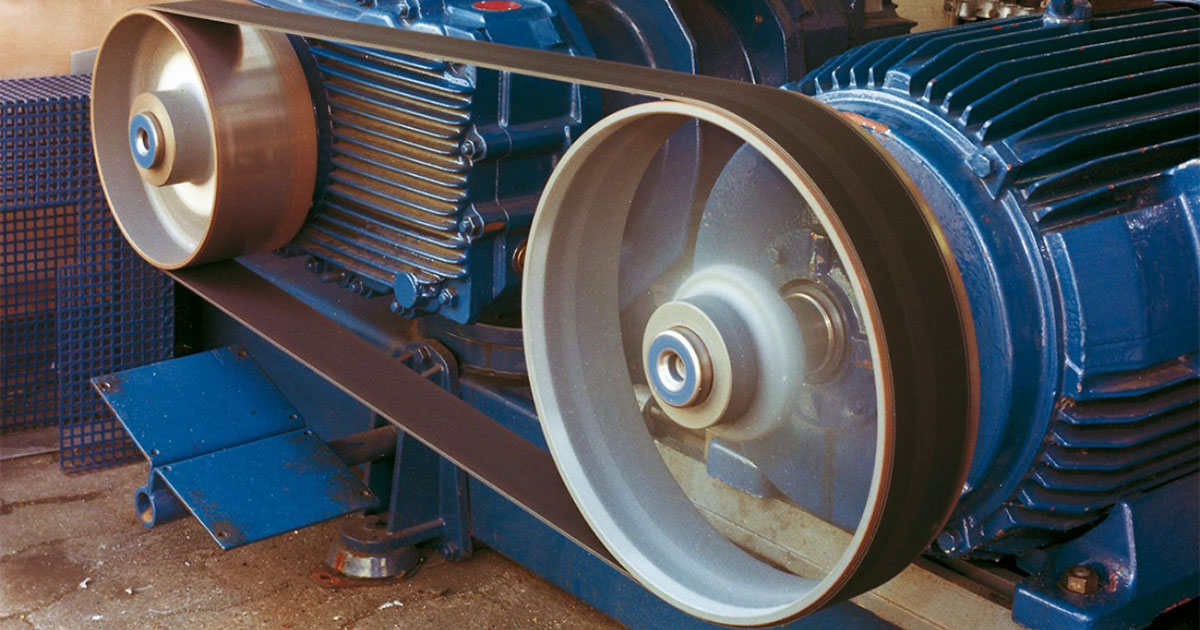
You’re violating nearly a century of automotive convention when you add more than one stick to a vehicle’s gear selection. Although current automatics have buttons and dials, the usage of a stalk on the steering column or a stick extending up from the center console was the standard for both manual and automatic transmissions for decades.
Any firm that deviates from this convention will stand out in history, especially if the designer is a well-known figure in the transmission industry who should have known better. The ’80s were a wild time in terms of fashion, hairstyles, and automobile accessory design. The Hurst Lightning Rods are maybe the weirdest automatic gearbox option ever offered on a 1980s muscle car.
How Did The Idea Start?
It was 1968 when Hurst Performance of Warminster, Pennsylvania, a company that manufactured and marketed products to enhance automobiles’ performance, collaborated with Oldsmobile, a defunct division of General Motors. This collaboration was to produce a special edition of the 442 or Cutlass Supreme Oldsmobile. They called it the Hurst/Olds.
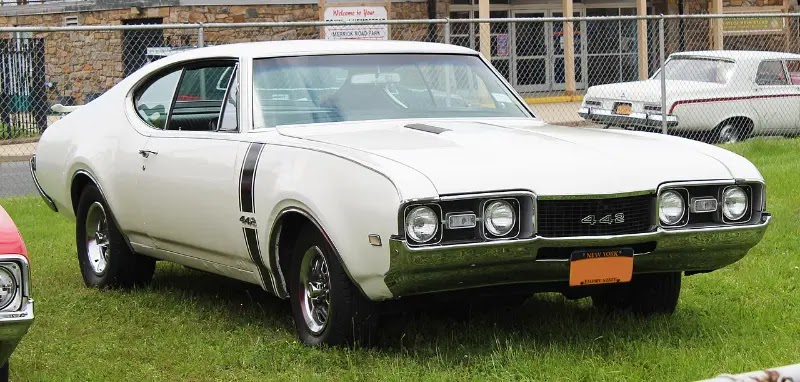
The new car was almost identical to the regular Oldsmobile Cutlass, but this special version had a unique gearbox. This automobile has a Hurst Dual-Gate shifter that allows either automatic or manual ratcheted shifting.

The main shift pattern was the standard PRNDL setup, where you put the lever in Drive and let the transmission handle the rest. The totally manual shift pattern was to the right, a separate gate that had to be manually moved into with the car at rest. This was something unusual and crazy at that time, but this opened the door for the most unusual gearbox in the automotive history.

The Hurst/Olds partnership was still running strong in the early 1980s. As a result, the transmission firm had to develop a new way to entice performance enthusiasts to buy the G-body Cutlass. A trio of shifters known as the Lightning Rods was born out of the Dual Gate’s efforts to simplify straight-line speed, and please focus on “simplifying” it.
How did the Three Levers work?
Each lever is responsible for changing the gears. One on the right handles first to second, one in the middle handles second to third, and the one on the left is in charge of the third to overdrive.
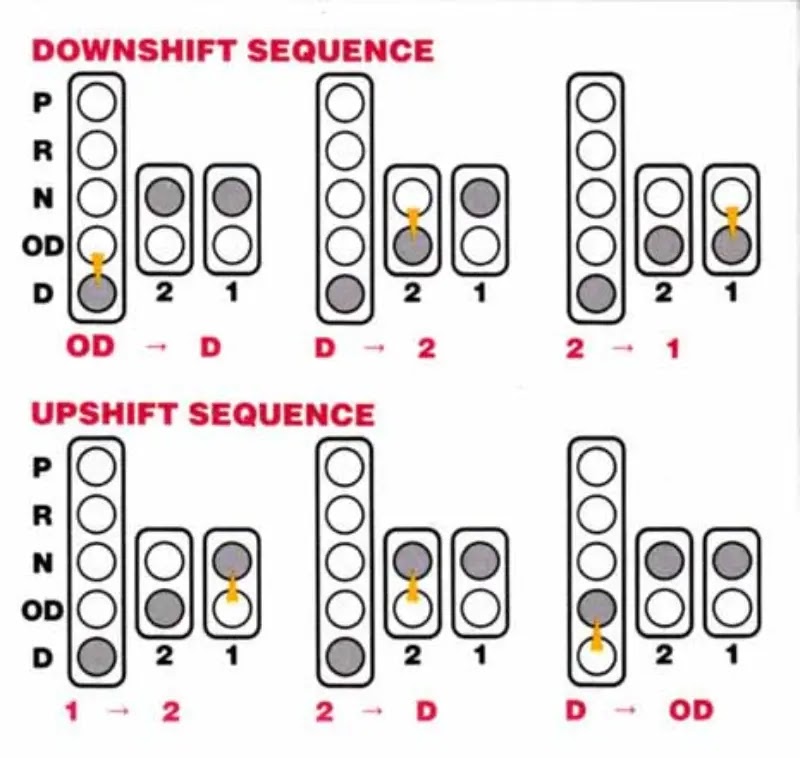
This means that if typical driving is what one is looking for, one may just push the two furthest levers forward while shifting the one near the driver to overdrive and let the transmission do its job.

What would happen if you tried to shift out of order or use an uncommon shifter combination? It wasn’t possible because all the levers did was move a typical shift cable on a standard version of GM’s automatic transmission. Lightning Rods may or may not have helped acceleration, but they certainly offered drivers something to do instead of depending only on the auto box to shift.
Hurst recognized that this technique was difficult for non-Shiftaholics to understand, so they figured out a way to put the car in OD and have the gears controlled automatically if both the center and right levers were moved forward. Sadly, the Lightning Rods were discontinued following the Hurst/Old product lines of 1983 and 1984.
Conclusion
The Lightning Rod system can only be described as “innovative.” While it was a lot more complicated and time-consuming than a conventional gearbox, and it wasn’t a genuine manual, I still found it to be fairly amazing. We wouldn’t have paddle shifters today if it weren’t for Lightning Rods.

